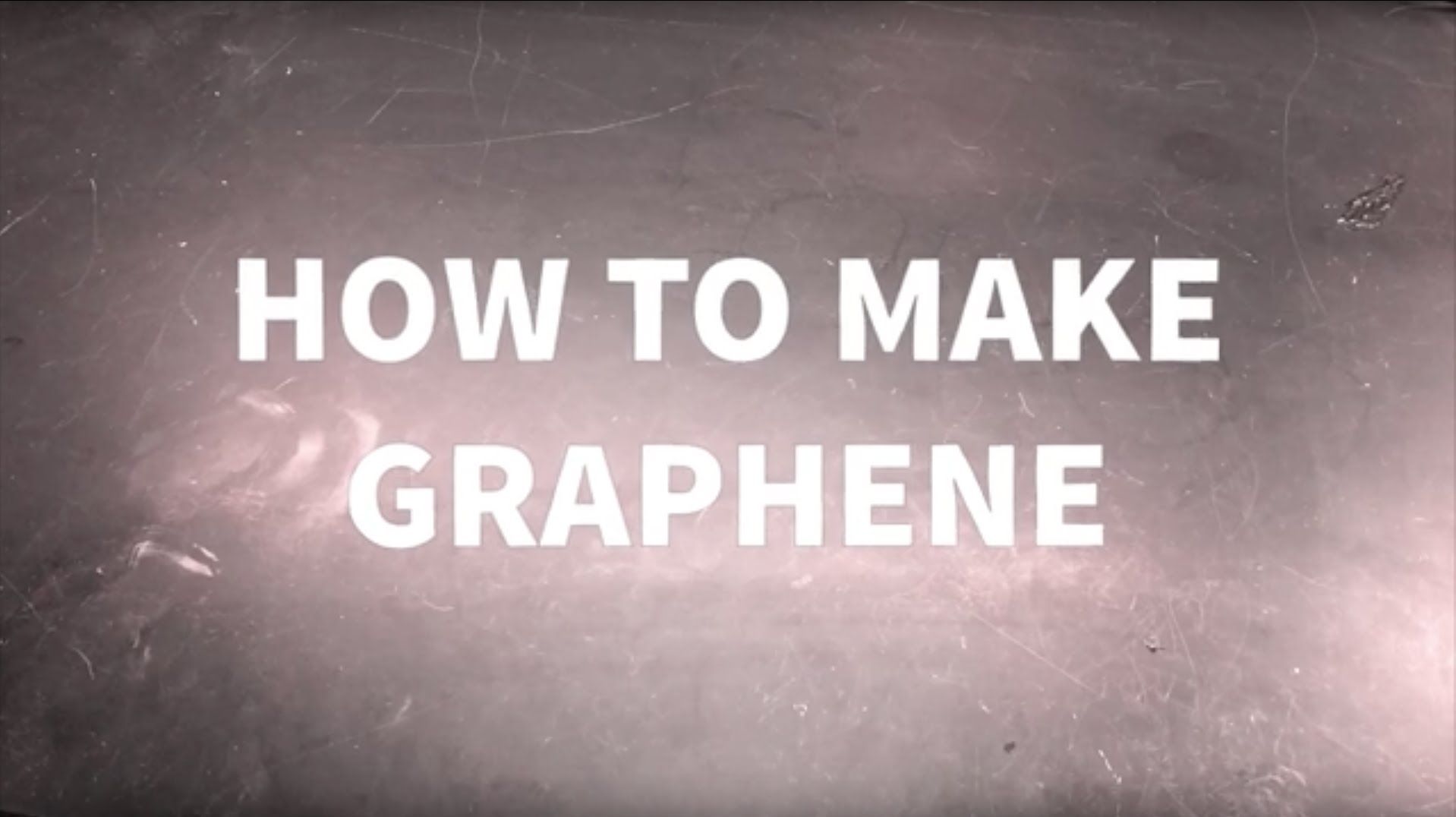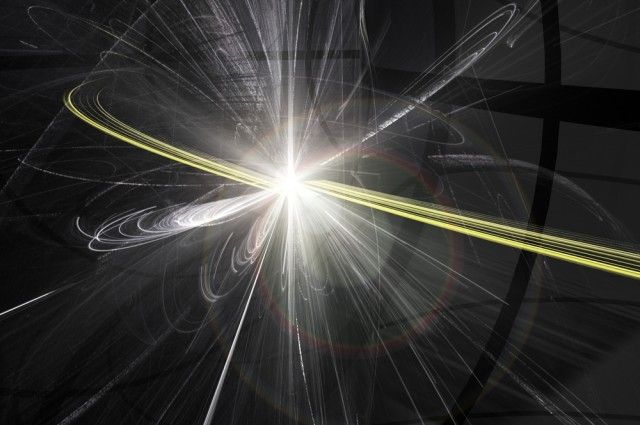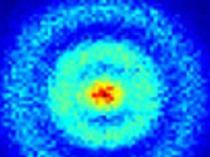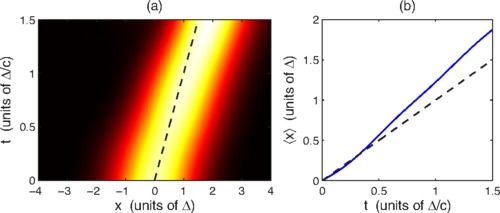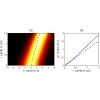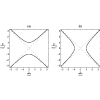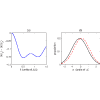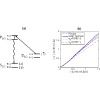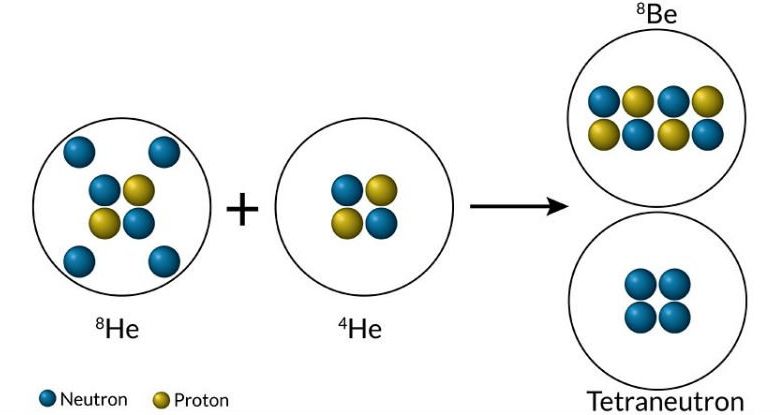Feb 15, 2016
Researchers develop error correction method for quantum computing based on Majorana fermions
Posted by Andreas Matt in categories: computing, internet, particle physics, quantum physics
Theoretical physicists at MIT recently reported a quantum computer design featuring an array of superconducting islands on the surface of a topological insulator. They propose basing both quantum computation and error correction on the peculiar behavior of electrons at neighboring corners of these islands and their ability to interact across islands at a distance. “The lowest energy state of this system is a very highly entangled quantum state, and it is this state that can be used to encode and manipulate qubits,” says graduate student Sagar Vijay, lead co-author of the paper on the proposed system, with senior author Liang Fu, associate professor of physics at MIT, and Timothy H. Hsieh PhD ’15. As Vijay explains it, the proposed system can encode logical qubits that can be read by shining light on them. At the simplest level of explanation, the system can characterize the state of a quantum bit as a zero or a one based on whether there is an odd or even number of electrons associated with a superconducting quantum bit, but the underlying physical interactions that allow this are highly complex.

